Health
Dry Nipple – Causes, Symptoms, And How To Treat?
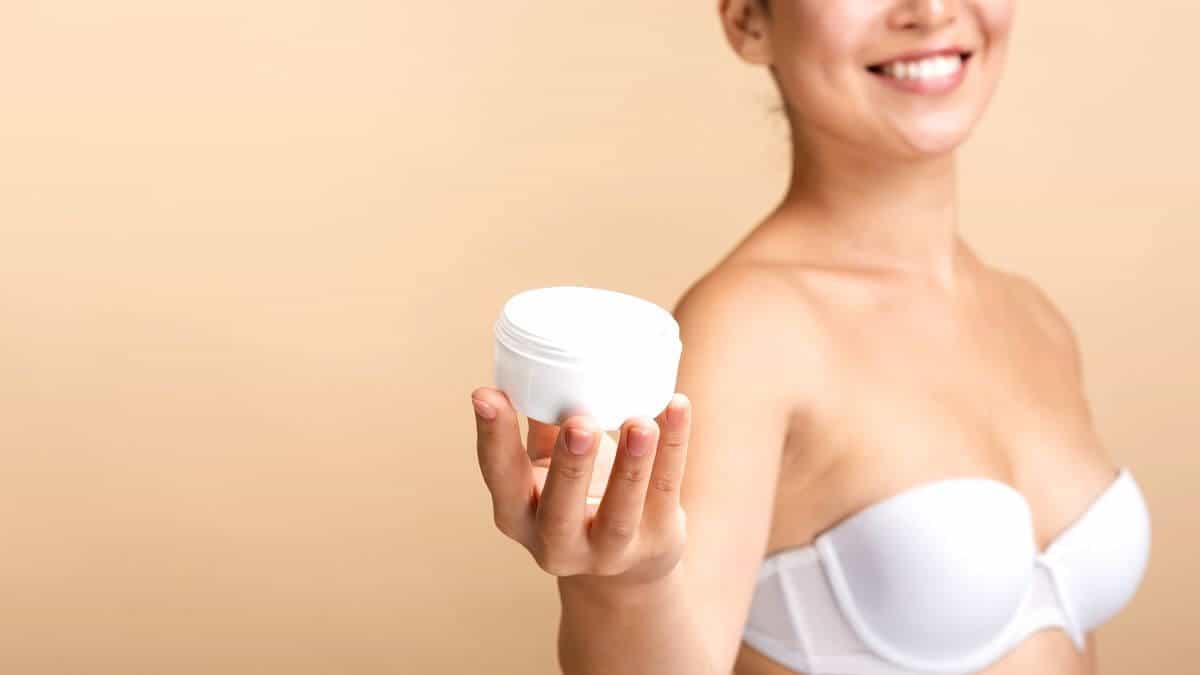
If you’re breastfeeding, you may have experienced nipple pain and soreness. But why?
You may think that nipple pain is normal, especially if you’ve had a baby before. But it’s not. Painful nipples can be very distressing for new mothers and affect their ability to breastfeed effectively.
If your nipples are painful, don’t ignore them — it’s important to get checked out by your doctor to know what’s causing the problem and how to treat it.
What Is A Dry Nipple?
A dry nipple is an anatomical feature of the nipple that is prone to cracks and fissures. The word “dry” refers to the fact that it has not been fed, while “nipple” refers to the shape and size of the areola (the darker-colored area surrounding the nipple) and underlying tissue.
Dry nipples are nipples that are no longer responsive to stimulation. There are a number of possible causes for this:
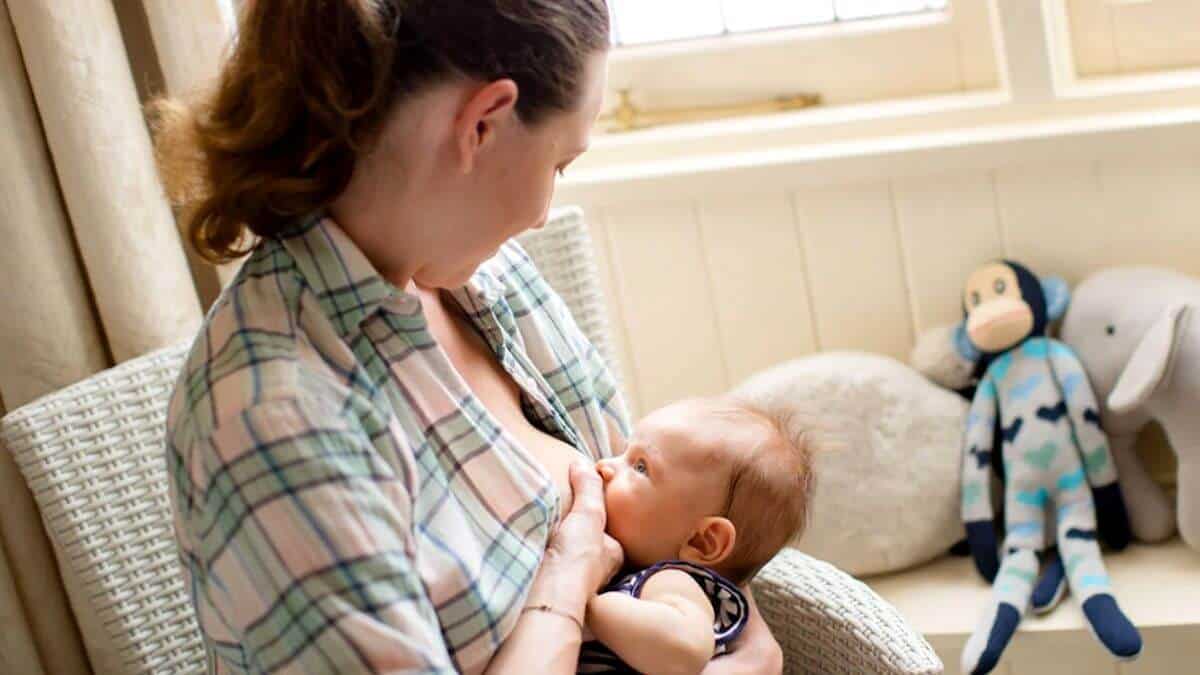
- A mother who breastfeeds her baby too frequently may cause the nipple to dry out.
- a bottle-fed baby may have decreased appetite and therefore not require as much milk.
- A mother who has breastfed her baby too long may have insufficient milk production in order to provide adequate nutrition for her child.
- A woman who has undergone a mastectomy or lumpectomy may have lost sensation in her breasts due to radiation treatment for cancer or chemotherapy for cancer.
- A woman who has had radiotherapy in her chest may find it difficult to produce enough milk due to the effects of radiation on the body.
Common Causes For Dry Nipple
There are many causes of dry nipples. The main causes include:
1. Breastfeeding difficulties: While breastfeeding, the nipple may become infected or painful as a result of poor latch-on or poor positioning of the baby. This can lead to dryness and cracked nipples.
2. Dry weather: The skin around the nipple is thinner than that on the rest of the breast, making it more prone to cracking in cold and damp weather conditions.
3. Lactation ducts: Sometimes known as “milk bladders”, these are small sacs containing milk when breastfeeding. They begin to swell when you begin to produce more milk, which can make your nipples appear sore or irritated in some cases
4. Breast massage: Massaging your breasts during feedings or after feedings may help prevent soreness, especially if you have multiple children or have been nursing for a long time
5. Off-the-shelf nipple creams: Some products are designed specifically for use with breastfeeding mothers, offering soothing relief from dry nipples.
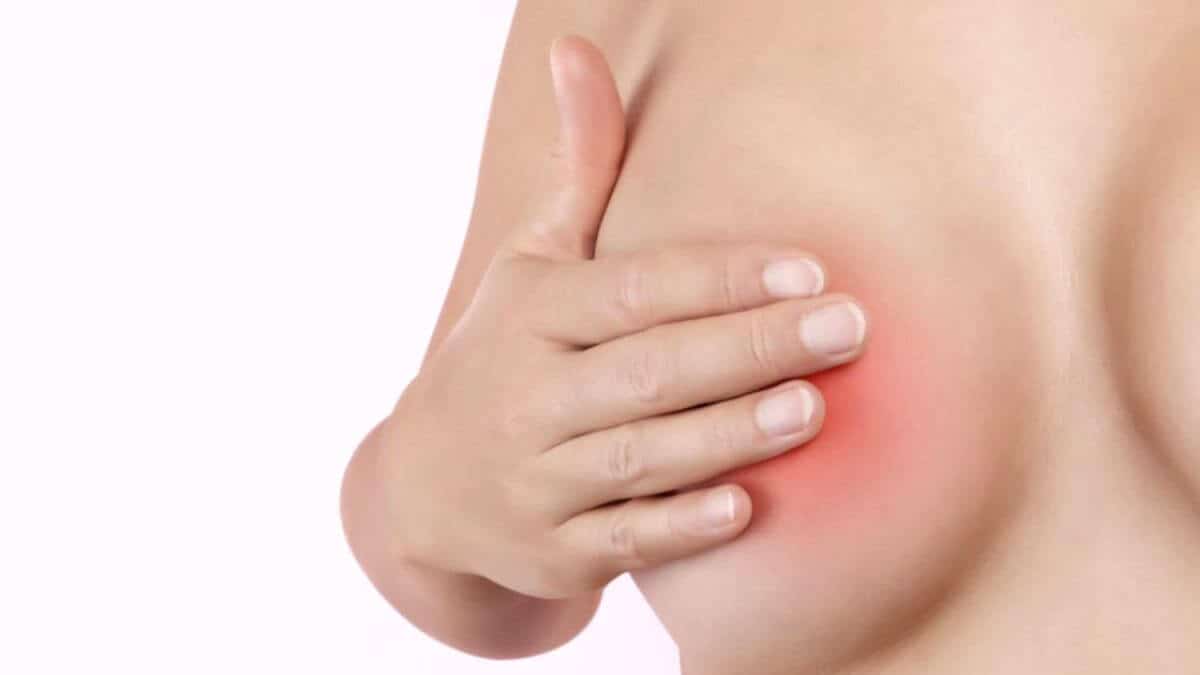
Should I See A Doctor?
Dry nipples are a common problem. They can cause your baby to fuss, cry, and even refuse to nurse. This is because the nipple is dry and cracked, which makes it painful for your baby to latch onto.
If you’ve noticed a dry nipple, it’s important to see your doctor as soon as possible. Your doctor can determine if a nipple is cracked or peeling by examining it under magnification (a strong magnifying glass). If it’s cracked, he or she may suggest covering the nipple with petroleum jelly or an ointment before breastfeeding.
If this doesn’t help, your doctor may recommend having a lactation consultant perform an exam, which will include seeing how well you produce milk when nursing and whether there are any problems in the way you’re nursing. A lactation consultant can also advise on what you might try next if things don’t improve after treatment.
Treatment For Dry Nipple
Dry nipples are a common problem for women, especially during breastfeeding. The good news is that they can be treated and avoided with the right measures.
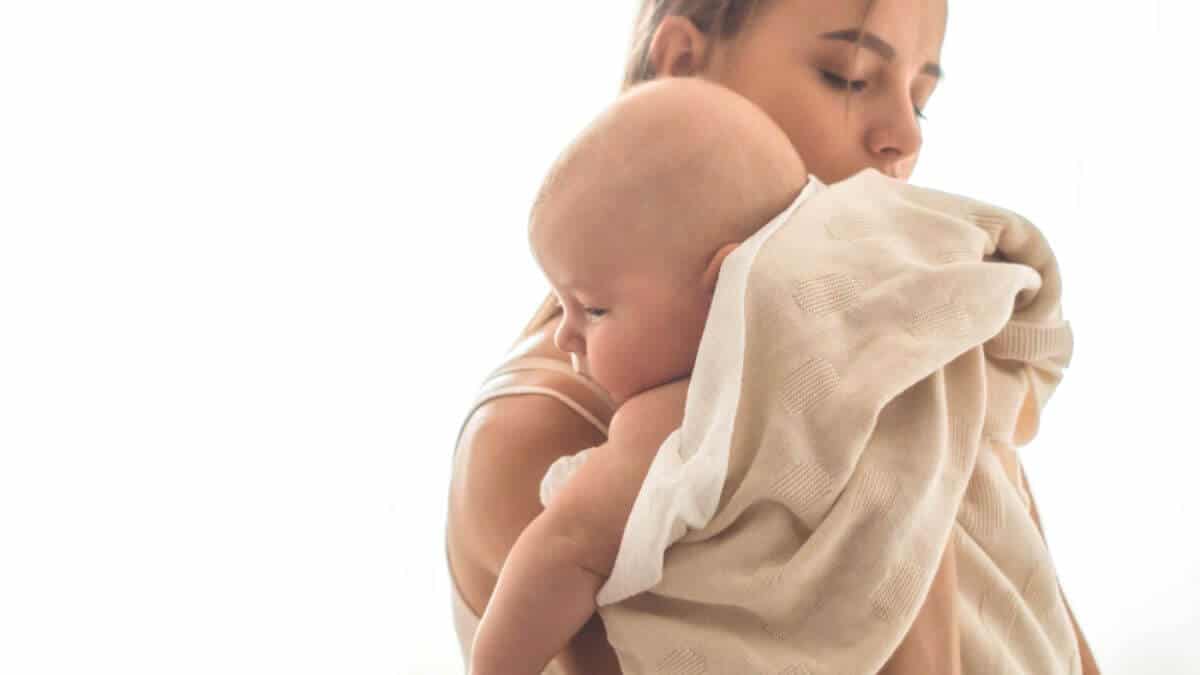
Here are some tips for treating dry nipples:
1. Use a nipple cream or ointment
There are a variety of nipple creams and ointments available, both over-the-counter and prescription. Look for one that contains lanolin or beeswax, as these ingredients can help to moisturize and protect the skin. Apply the cream or ointment to your nipples after every feeding, or as needed.
2. Protect your nipples from the sun
If your nipples are dry and cracked, they may be more susceptible to damage from the sun. To protect them, wear a nipple shield or breastplate when you’re outside. You can also try applying a thin layer of sunscreen to your nipples before you go outside.
3. Avoid using soap on your nipples
Soap can be drying, so it’s best to avoid using it on your nipples. If you must wash them, use a mild, unscented cleanser. Pat your nipples dry with a soft towel after washing.
4. Air your nipples out
After every feeding, allow your nipples to air dry. You can also try placing a clean, dry, cotton ball on each nipple for a few minutes to absorb any moisture.
5. Try a different nursing position
If your nipples are sore or cracked, try changing your nursing position. The cradle hold, in which your baby’s head is cradled in the crook of your arm, can put less pressure on your nipples.
6. Pump or hand express milk after feedings
Pumping or hand-expressing milk after a feeding can help remove any milk left behind. This can help to prevent engorgement and reduce the risk of infection.
7. Talk to your doctor
Talk to your doctor if you’re experiencing persistent pain or other problems with your nipples. They can offer more specific advice and, if necessary, prescribe medication or refer you to a lactation consultant.
Dry Nipple – During Pregnancy
The symptoms of a dry nipple are pain and discomfort due to the engorgement of the nipple. The increased milk production and blood flow to the breasts during nursing are to blame for this.
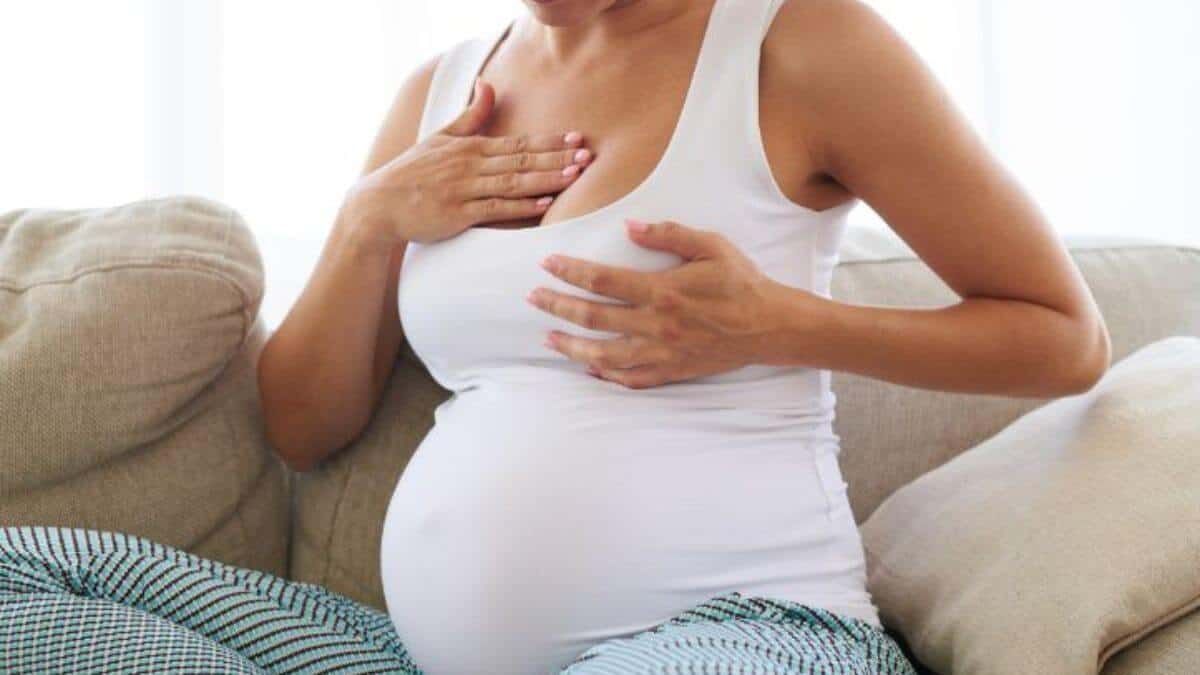
Dry nipples are more common during early pregnancy when your breasts are swelling with milk. They may also be caused by a low supply of hormones, which is common in some women who have had a hysterectomy or surgery that has removed their ovaries or part of their womb (uterus).
If you have dry nipples, try using lanolin on your nipples or breast pads to help them stay moist. You can also use a warm compress or wet cloth on your breasts.
Dry Nipple – Lactating Mother
The milk ducts are usually dry during the first three weeks of lactation. This is normal and does not mean that your nipples are cracked or damaged.
The breasts will continue to produce milk for about two years, so do not worry if you experience dryness at this stage. Dryness is caused by a lack of milk production, which can be due to a low milk supply or low estrogen levels in the body.
A dry nipple means no milk is coming out of it, but it doesn’t mean that your nipple is cracked or damaged.
This can happen when a woman’s estrogen levels drop because she has given birth or has had a medical condition that has lowered her estrogen and progesterone levels. These hormones are needed for healthy breast tissue growth and function, as well as the production of milk.
When this happens, there may also be some pain around the base of the nipple caused by engorgement (swelling) due to increased blood flow to the area during pregnancy and nursing.
Engorgement occurs when there is more blood flow into an area than can be handled by normal circulation, so the blood vessels dilate and widen to allow more flow. Engorgement is normal in pregnancy and nursing, but it may cause pain if your breasts are already tender from a cracked nipple or other problems.
If you can still find relief from dry nipples with these home remedies, it may be time to visit your doctor or lactation consultant for further treatment options.
How to prevent Dry Nipples?
The first step is to get your nipples well hydrated. You can do this by using a nipple cream or lanolin.
You can also use a breast cream with two types of lanolin and vitamin E. These creams will help the skin on your breasts heal, preventing cracks from forming in the future.
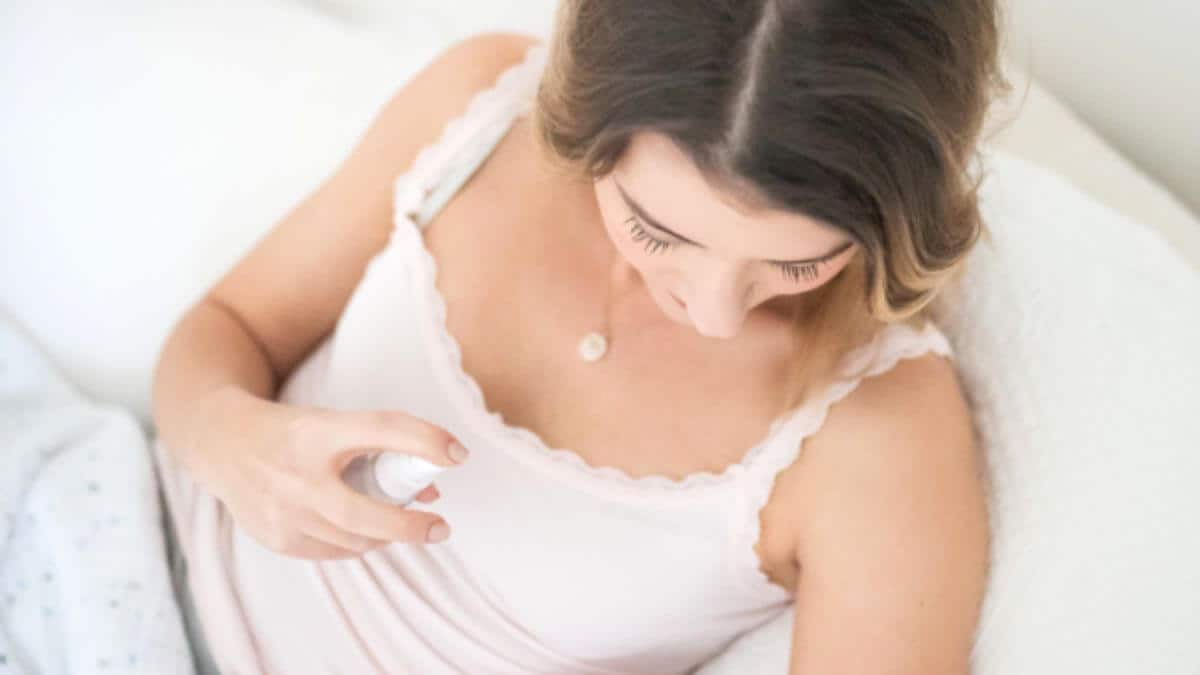
If you have dry nipples, you should use an oil-free nipple cream with aloe vera and vitamin E. This will help heal your nipples so that they won’t crack again.
If all else fails and your nipples still look dry and cracked, then you should see a doctor because they might need to be treated with prescription creams or ointments to help them return to normalcy. If you have cracked nipples, then you should stop breastfeeding. You need to let your body heal before you can continue breastfeeding again.
Expert Advice
Experts say that nipple pads are a great way to protect your nipples. They can be used alone or with nipple shields, small cups that sit directly over the nipples. The pads are worn during breastfeeding and can be used with a breast pump.
Experts also recommend washing them with soap and water after each use, as they can quickly become dirty. You should wash them in hot water before each use and after each feeding session of your baby.
You can also wear nipple covers while you’re pregnant and your baby is nursing. These covers help keep your nipples from drying out and cracking, but they should not be used for more than four hours without washing first.
Frequently Asked Questions
1. What is a Dry Nipple?
A dry nipple is a condition that occurs when the breast has no or very little milk volume. The decrease in milk supply can be caused by any number of factors, including hormonal changes, infection, medication side effects, and other health problems.
2. Is it curable?
Yes, it can be cured with the right treatment.
3. What causes dry nipples?
A dry nipple can be caused by various factors such as breastfeeding difficulties, poor latch, birth trauma, and low levels of breast milk supply.
4. Will my baby get used to the shape of the nipple?
No, not at all! Babies will never get used to the dry nipple because they have no idea what to do with one until they are breastfeeding! They need to be held like they were born with their hands in theirs.
5. How long does it take for my nipples to finish healing?
It depends on how much breast milk your baby drank at one time and how long it took for your breasts to drain completely after birth (the average length of time is around 24 hours). It also depends on how often your baby feeds from one breast or both breasts at once (typically every two hours).
